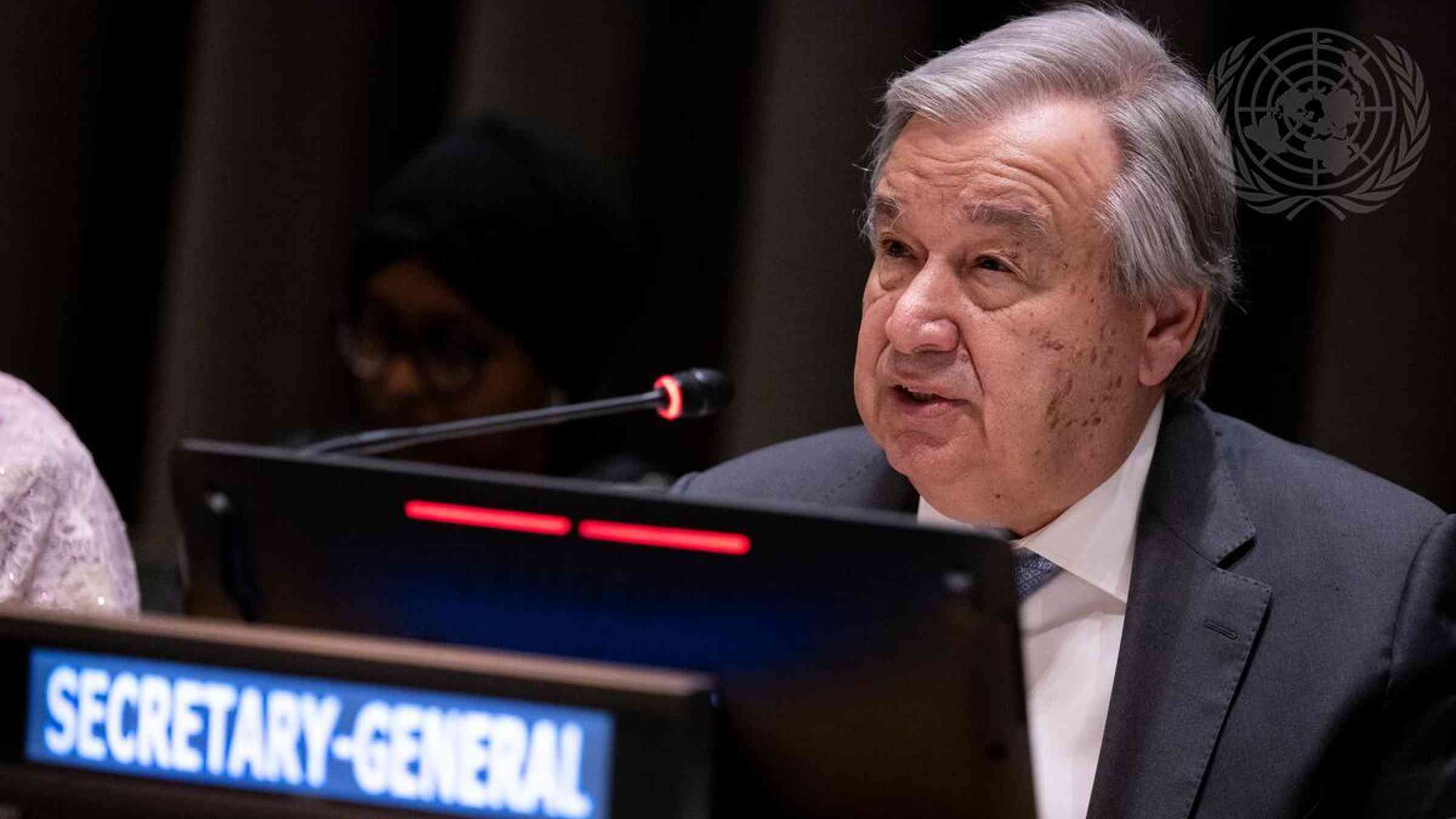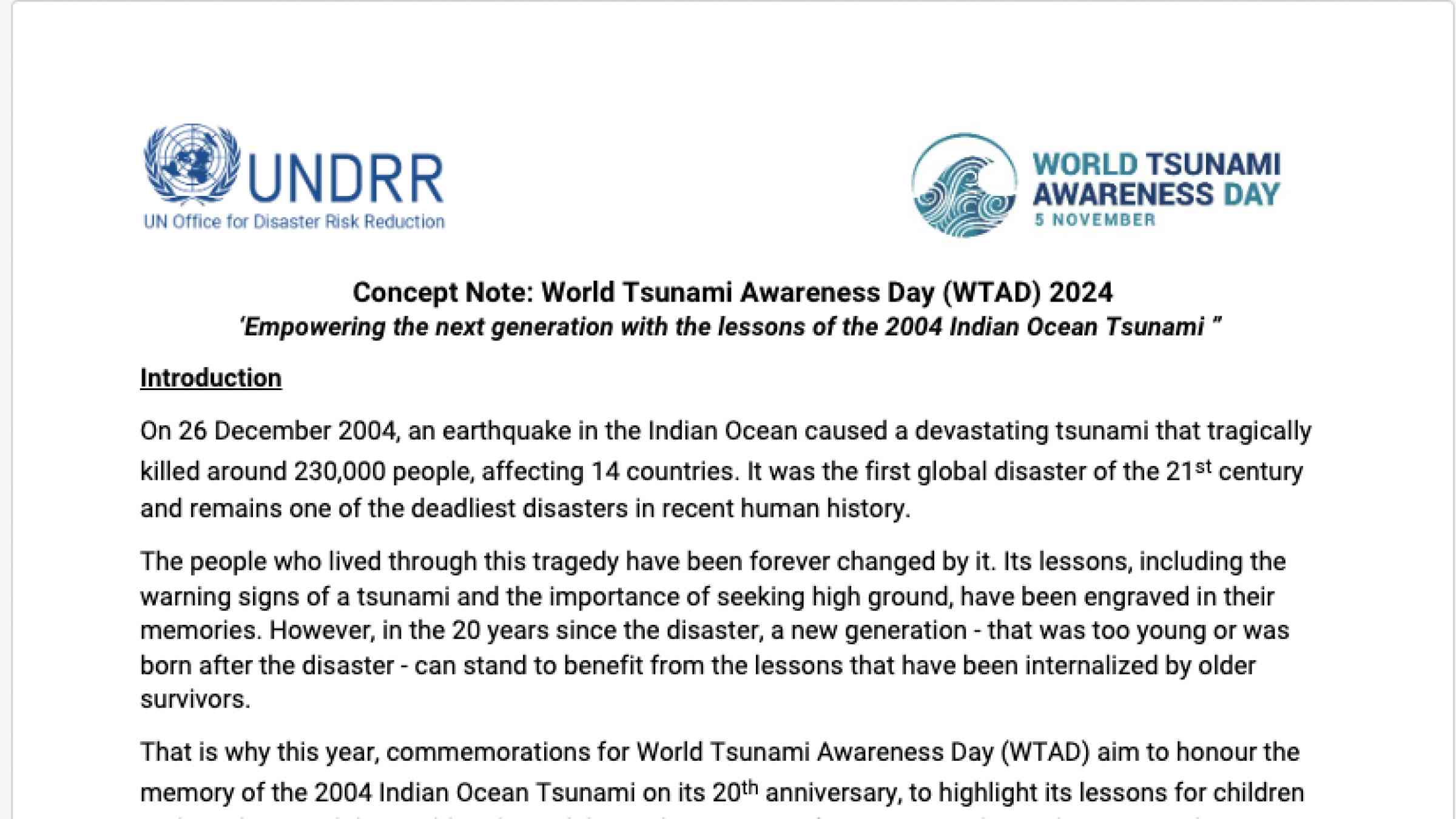World Tsunami Awareness Day 2023
#GetToHighGround #TsunamiDay
To achieve the goal of the Sendai Framework of reducing global disaster risks and losses, the theme of World Tsunami Awareness Day 2024, which is on 5 November, we will be commemorating the 20thanniversary of the Indian Ocean Tsunami by passing its lessons to a new generation of children and youth

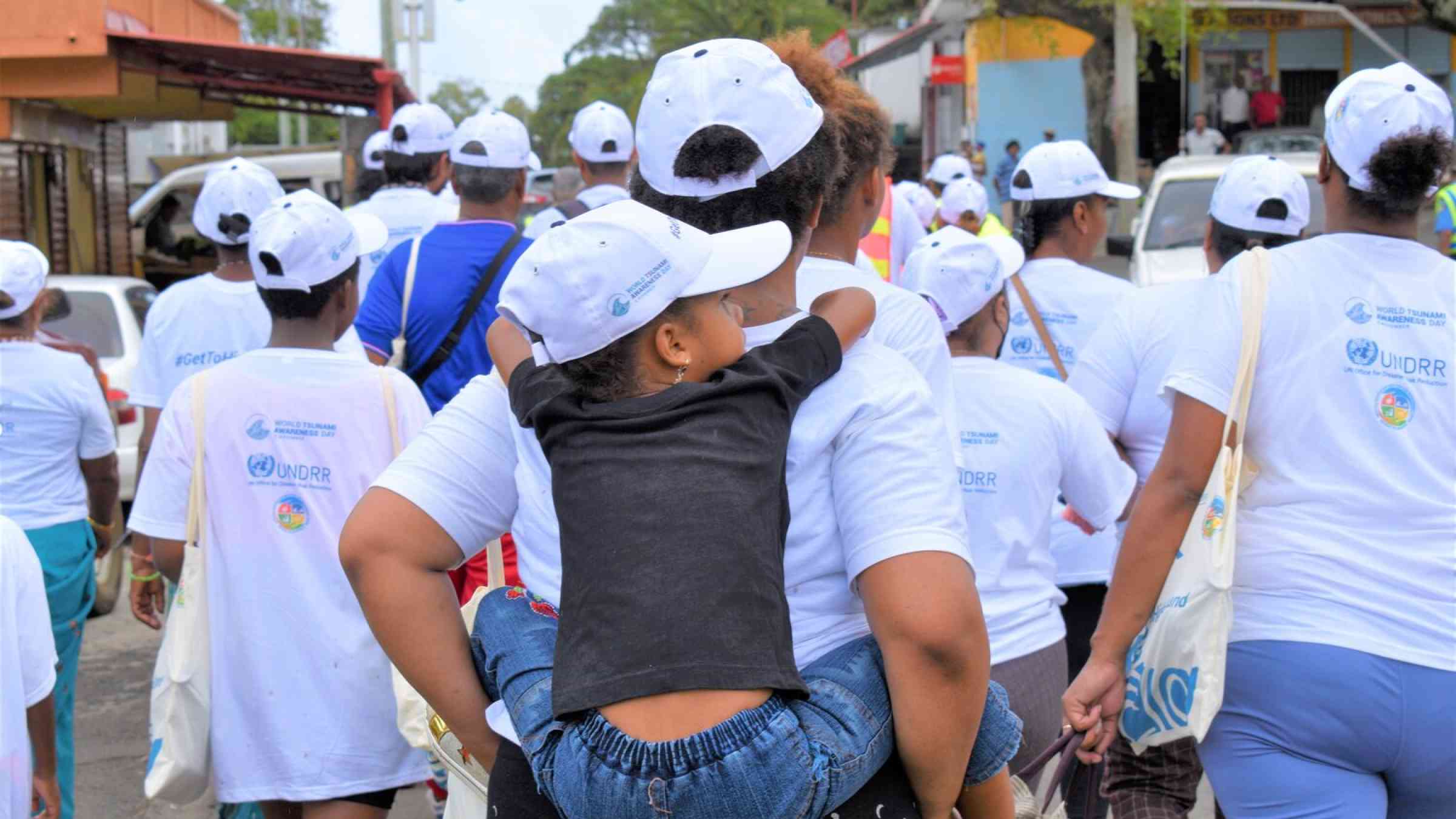
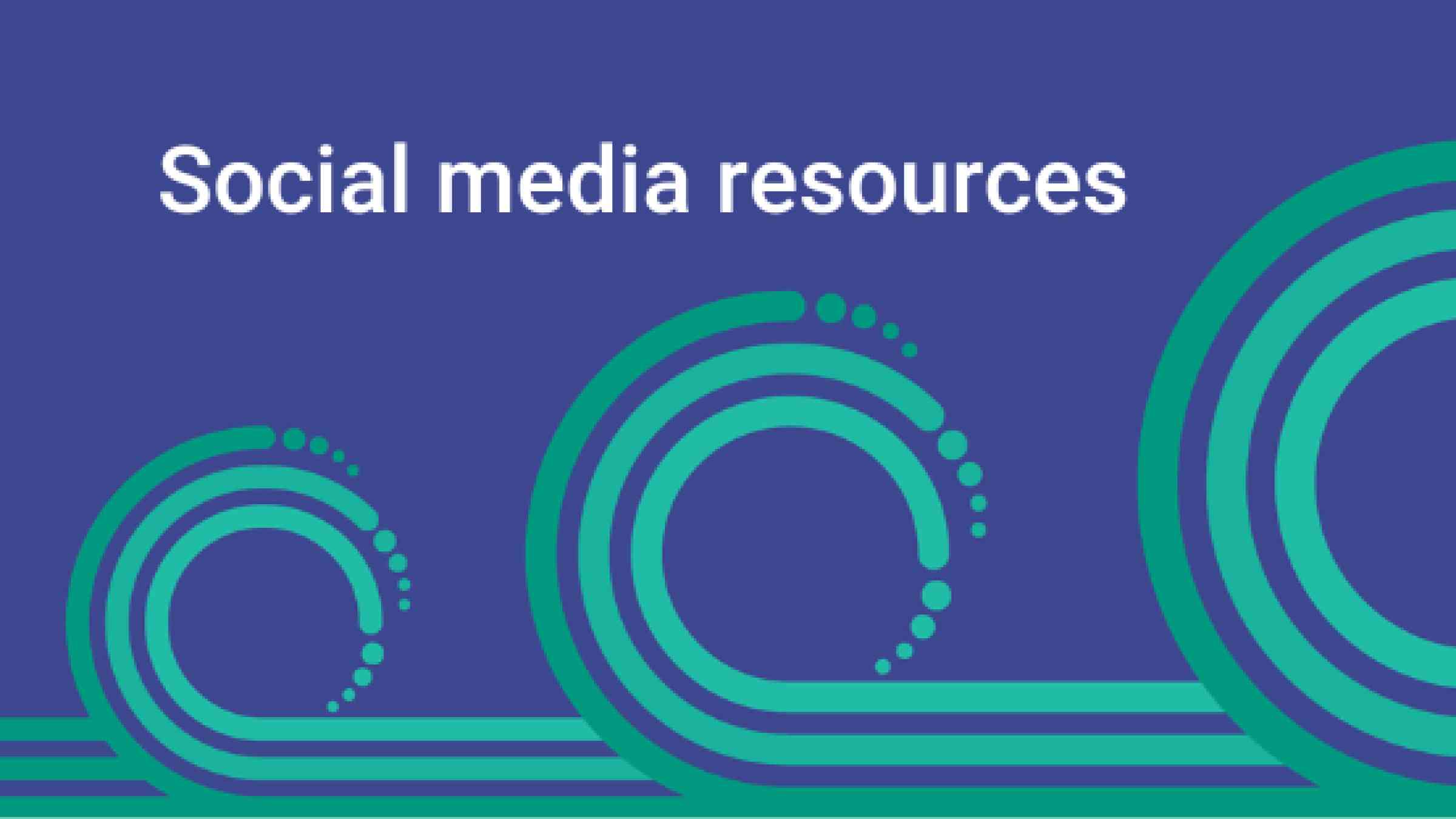
Watch and share
This incredible story shows how important disaster risk education is for every child. 💡 “My mum didn’t know the word ‘tsunami’ — that’s why it’s so important to be taught about these things,” Tilly shared.
In 2004, the Indian Ocean Tsunami became one of the deadliest disasters in history, claiming the lives of 228,000 people across 14 countries. But on Mai Khao Beach in Phuket, Thailand, everyone was saved — thanks to the quick thinking of a 10-year-old girl.
📚 Two weeks before the tsunami, Tilly Smith had learned about the warning signs of a tsunami in her geography class. She noticed the strange waves and immediately alerted her family. Despite initial doubt, her dad listened and convinced a security guard to evacuate the beach. Thanks to Tilly's awareness, over 100 people made it to higher ground, escaping the deadly waves.
Key messages
- The 2004 Indian Ocean tsunami was the first global disaster of the 21st century and remains one of the deadliest disasters in recent human history
- In the aftermath of this tragedy emerged a commitment to global cooperation for local resilience. This resulted in the creation of a tsunami early warning system that benefits 27 countries around the Indian Ocean basin.
- Globally, over 700 million people in low-lying coastal areas and Small Island Developing States are exposed to extreme sea-level events, including tsunami (World Health Organization, 2019)
- An early warning system can be effective only when the population is well aware of tsunami risk and knows what to do in case of an emergency. This means ensuring that at-risk populations have equal access to information and evacuation routes (United Nations Educational, Scientific and Cultural Organization, 2022).
- We’re calling on governments and partners to act now to raise awareness of tsunami risk and implement policies and resilient building measures.
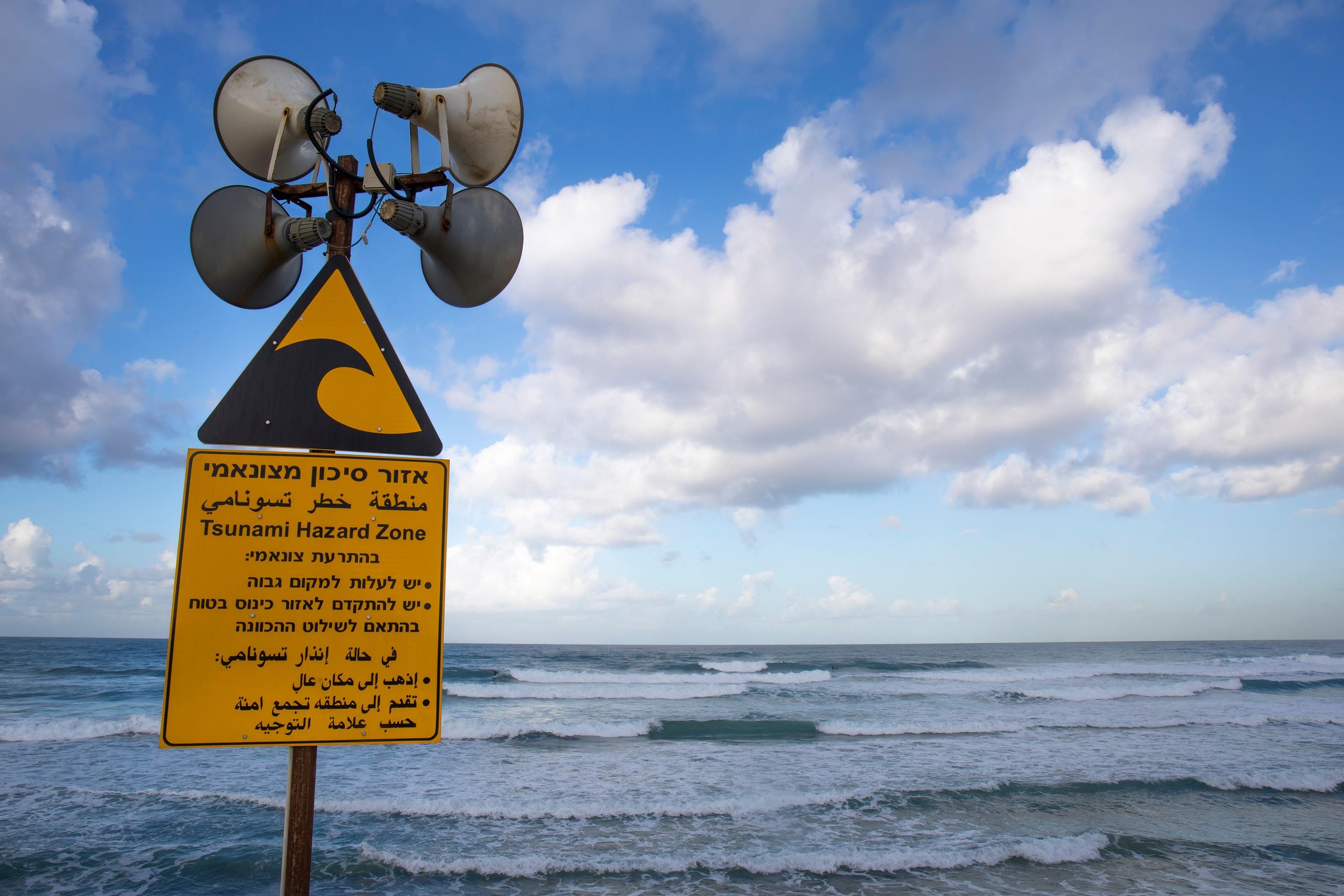
Commemorating 20 years: The Indian Ocean tsunami
The morning of December 26, 2004 saw the worst disaster in Indonesia’s history. A magnitude (M) 9.1 submarine earthquake occurred along the Indian Ocean subduction zone triggering a massive tsunami that destroyed 800 km of the coastal areas of Aceh Province with inundation observed as far as 6 km inland.
News updates
Facts and figures
- Once generated, the tsunami radiated outward in all directions, striking the coasts of Indonesia and India's Andaman and Nicobar Islands within 20 minutes of the earthquake and the northeastern coast of Somalia in Africa seven hours later (NOAA).
- In Indonesia's Aceh province in Northern Sumatra, waves reached 167 feet (51 meters) and caused flooding up to three miles (five kilometers) inland (NOAA).
- On the other side of the ocean, in Somalia, waves ranged in height from 11 to 31 feet (3.4 to 9.4 meters). The tsunami was also observed on over 100 coastal water-level stations in the Atlantic and Pacific Oceans, making it a global tsunami (NOAA).
- Over 70% of the Indian Ocean Tsunami fatalities, 167 000 or more, were killed by the local tsunami that arrived on the shores of Sumatra within minutes after the earthquake rupture (Australia government, 2023).
- The quake ruptured the greatest fault length of any recorded, spanning a distance of an estimated 1,500km (900 miles) - longer than the US state of California (BBC, 2014).
- The waves travelled at speeds of up to 800km/h (500mph) (BBC, 2014).
This animation shows why this south-to-north rupture is important for understanding the behavior of this tsunami, and why such "progressive" rupture needs to be considered for future tsunami forecasting.

